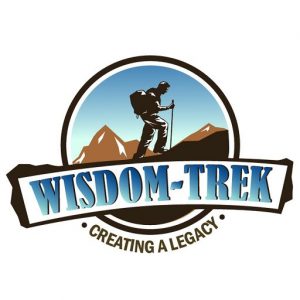
Wisdom-Trek / Creating a Legacy
Welcome to Day 996 of our Wisdom-Trek, and thank you for joining me.
I am Guthrie Chamberlain, Your Guide to Wisdom
Who Took Verse 4 Out of My Bible? – Wisdom Wednesday
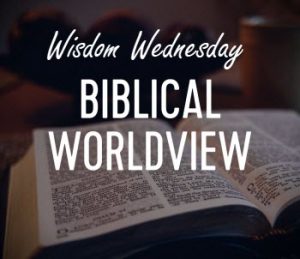
Thank you for joining us for our five days per week wisdom and legacy building podcast. We are broadcasting from our studio at The Big House in Marietta, Ohio. Today is Day 996 of our trek, and it is Wisdom Wednesday.
Creating a Biblical Worldview is important to have a proper perspective on today’s current events. To establish a Biblical Worldview, you must also have a proper understanding of God’s Word. Especially in our western cultures, we do not fully understand the Scriptures from the mindset and culture of the authors. In order to help us all have a better understanding of some of the more obscure passages in God’s Word, we are investing Wisdom Wednesday reviewing a series of essays from one of today’s most prominent Hebrew Scholars Dr. Micheal S. Heiser. He has compiled these essays into a book titled I Dare You Not to Bore Me with the Bible.
Most of us are aware that the original and most copies of the scriptures did not have chapter and verse references because they were added much later. We have certainly come to depend on them in today’s culture to locate the passages we are interested in. But there are occasions where there are verses missing.
Today’s essay will look at one of those instances and find out…
Who Took Verse 4 Out of My Bible?
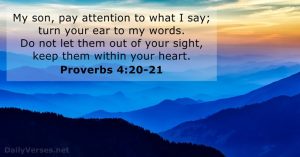
Most of us have read John 5:1-10, the story of the blind, paralyzed man at the pool of Bethesda, many times, but I’ll bet there’s something that escaped your attention. While I usually remove the verse numbers, I will leave them in the passage for today.
1Afterward Jesus returned to Jerusalem for one of the Jewish holy days. 2 Inside the city, near the Sheep Gate, was the pool of Bethesda,[a]with five covered porches. 3 Crowds of sick people—blind, lame, or paralyzed—lay on the porches.[b] 5 One of the men lying there had been sick for thirty-eight years. 6 When Jesus saw him and knew he had been ill for a long time, he asked him, “Would you like to get well?”
7 “I can’t, sir,” the sick man said, “for I have no one to put me into the pool when the water bubbles up. Someone else always gets there ahead of me.”
8 Jesus told him, “Stand up, pick up your mat, and walk!”
9 Instantly, the man was healed! He rolled up his sleeping mat and began walking! But this miracle happened on the Sabbath, 10 so the Jewish leaders objected. They said to the man who was cured, “You can’t work on the Sabbath! The law doesn’t allow you to carry that sleeping mat!”

If you read closely, you’ll notice that verse 4 is missing! Start at verse one, and you will realize that verse four is not there.
Verse 4, which is included in some versions like the NASB, tells us, “for an angel of the Lord went down at certain seasons into the pool and stirred up the water; whoever then first, after the stirring up of the water, stepped in was made well from whatever disease with which he was afflicted.”
The verse is not just missing in the NLT; the situation is the same in the NIV, ESV, NRSV, CEV, and the NET Bible. If you use the NASB or NCV, you will see the verse, but it’s been placed inside brackets, whereas the KJV and the NKJV contain verse 4 without any notation or demarcation. So what’s going on here? Who took John 5:4 out of certain versions of the Bible and why?

If you’re using a study Bible that doesn’t have verse 4, you will likely see a note at the end of verse 3 or the beginning of verse 5 explaining why it isn’t there. This is a textbook case of a disagreement between manuscripts of the Greek New Testament.
The reason that the last part of John 5:3 and all of verse 4 is missing in many versions is that they are not found in any of the earliest and most accurate manuscripts of the Gospel of John. Scholars who make a career of comparing manuscripts (“textual critics” and “paleographers”) have discovered that in roughly two dozen manuscripts scribes put asterisk marks at the verse to warn the next scribe who would copy the manuscript that the verse was likely not original. To top it all off, four of the last five Greek words of what would be John 5:4 aren’t found anywhere else in John’s writings. This suggests that John 5:4 does not belong in the New Testament, which explains why many modem Bible translations have omitted it.
After 1900, translators used new manuscript discoveries from the 1800s, which revealed that the verse was likely not original. This is why verse 4 is listed in the pre-1900 in the KJV “as is” without brackets (the NKJV followed the KJV in this regard). More recent Bible translations either omitted it completely or retained the verse with brackets. This gives us a clearer picture of what the original product of inspiration looked like.
Why would verse four have not been included in the original New Testament? It is not because of the angel in the story. The Bible has no problem with angels; they’re all over the place, doing all sorts of things. But, like today, there was a great deal of folklore and superstition about them. The idea that an angel stirred the waters at a given time during the year was one such superstition. John 5:7 mentions the stirring or bubbling up of the water but does not mention the angel.
It’s likely that John knew of the belief about the waters of Bethesda but chose to leave it out for a specific reason. Perhaps he does not wish to endorse that an angel was stirring the water. By excluding the popular belief about the angel, John focuses his readers on the healer who was indeed present, which was Jesus.
There are some lessons for us all in “the case of the missing verse. First, we need to train ourselves to read the Bible closely. If we missed something like the normal order of numbering in John 5, what else are we overlooking? Second, it pays to compare Bible versions. Even scholars who read Greek and Hebrew actively compare manuscript traditions. The work of another scribe (or Bible translator) can often direct our attention to something important. Third, we need to be sure the content of our preaching and teaching has a secure footing in the text. God moved people to invest their lives transmitting the biblical text; the least we can do is pay close attention.
That will conclude our essay for this week. Next Wisdom Wednesday we will continue in the New Testament as we look at Dr. Heiser’s next essay titled “What Walking on the Water Really Means.” I believe you will find this another interesting topic to consider as we build our Biblical worldview.
Tomorrow we will continue with our 3-minute humor nugget that will provide you with a bit of cheer and help you to lighten up and live a rich and satisfying life. So encourage your friends and family to join us and then come along with us tomorrow for another day of our Wisdom-Trek, Creating a Legacy.

If you would like to listen to any of our past 995 treks or read the Wisdom Journal, they are available at Wisdom-Trek.com. I encourage you to subscribe to Apple Podcast or Google Play so that each day’s trek will be downloaded automatically.
Thank you so much for allowing me to be your guide, mentor, and most of all your friend as I serve you through the Wisdom-Trek podcast and journal.
As we take this trek together, let us always:
- Live Abundantly (Fully)
- Love Unconditionally
- Listen Intentionally
- Learn Continuously
- Lend to others Generously
- Lead with Integrity
- Leave a Living Legacy Each Day
I am Guthrie Chamberlain reminding you to Keep Moving Forward, Enjoy Your Journey, and Create a Great Day Everyday! See you tomorrow!

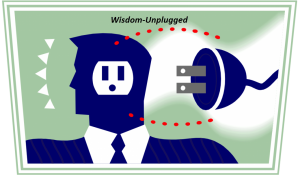
 While all of us desire to achieve success with ease, this is not possible. Success can only be achieved through ambition, strength, and development of character. Development of that character comes through experiences which are difficult. The trials and sufferings of life should strengthen our soul, refresh our resolve, and give us the inspiration and ambition to keep moving forward.
While all of us desire to achieve success with ease, this is not possible. Success can only be achieved through ambition, strength, and development of character. Development of that character comes through experiences which are difficult. The trials and sufferings of life should strengthen our soul, refresh our resolve, and give us the inspiration and ambition to keep moving forward.
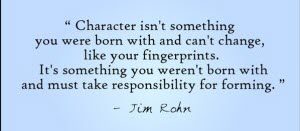
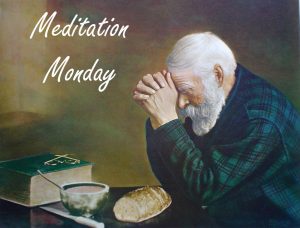
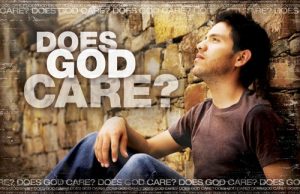

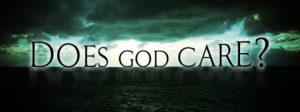

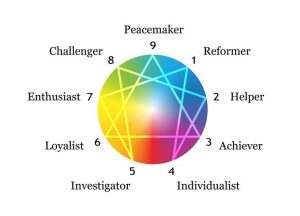
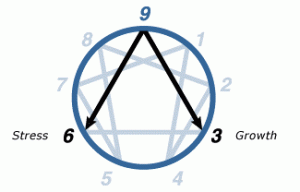
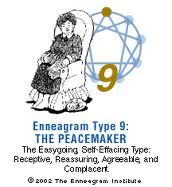
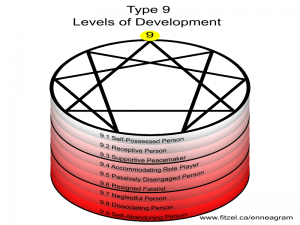
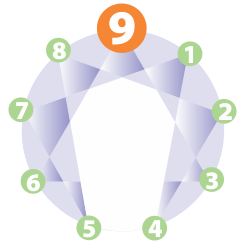

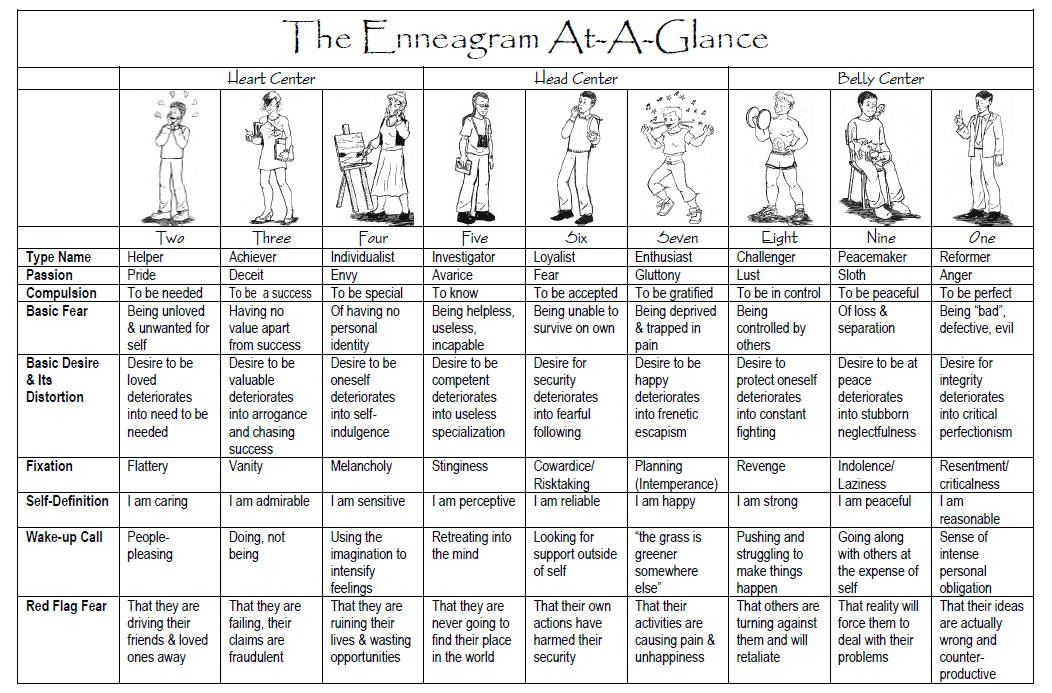
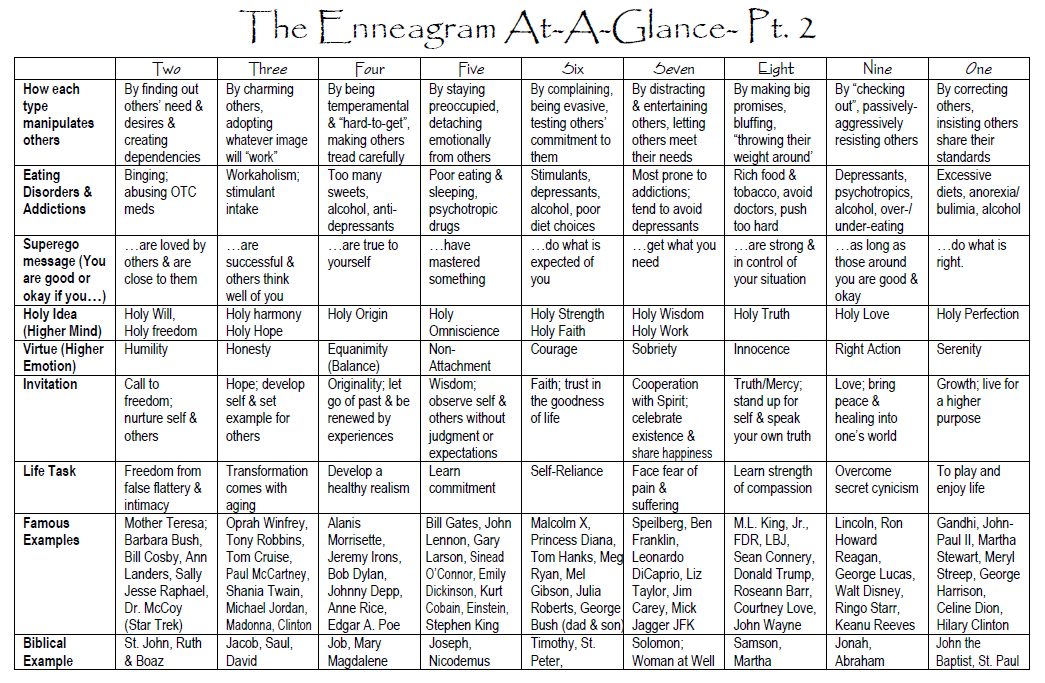

 Little Susie was sitting on Gramps’ lap as he read her a bedtime story from the Bible about God’s creation. From time to time, she would take her eyes off the book and reach up to touch his wrinkled cheek. At the same time, she would stroke her own cheek. Gramps loved little Susie and enjoyed their time together. Finally, Susie spoke up, “Gramps, did God make you?”
Little Susie was sitting on Gramps’ lap as he read her a bedtime story from the Bible about God’s creation. From time to time, she would take her eyes off the book and reach up to touch his wrinkled cheek. At the same time, she would stroke her own cheek. Gramps loved little Susie and enjoyed their time together. Finally, Susie spoke up, “Gramps, did God make you?”
